Do you ever find yourself in a position where you are suddenly aware that you don’t know how to defend yourself? Maybe there’s a sketchy stranger walking a few paces behind you late at night. Or perhaps you hesitate to walk your dog after dark. The self-doubt, fear, and hesitation are all completely normal if you haven’t had consistent formal training in hand-to-hand self-defense. That’s why we are going to cover a wide variety of self-defense options for women specifically related to hand-to-hand fighting.
Before we cover your options for self-defense, it is important to remember that no training is worth your time if you are not consistent with it. Taking one self-defense class and having confidence that you can protect yourself could potentially do more harm than good. With anything in life, to develop a new habit or muscle memory, it takes lots of practice and repetition.
Jujitsu
Jujitsu is one of the most effective martial arts in the world because it uses your attacker’s aggression and the momentum that comes with that aggressiveness, against them. This martial arts style is more about technique than strength because it’s a fighting style done mainly on the ground. The style encourages fighters to use leverage and proper weight distribution to defeat larger and/or stronger opponents, making it ideal for women’s self-defense training.
Jujitsu is a great place to start for any age and anyone in any kind of shape. Finding a gym with people who are excited to help someone new is ideal, and making it a part of your workout routine. The majority of Jujitsu’s moves are throws and joint locks which means that going to a seminar or open mat night once or twice won’t get you where you need to protect yourself. Practicing the techniques and building solid relationships are the most important aspects to beginning jujitsu.
Muay Thai
Jujitsu starts standing up and almost always ends with both people rolling around on the ground. Muay Thai allows you to keep distance from your attacker and focuses on kicks and punches. The technique is designed to convert the different parts of your body into different weapons without putting yourself in a potentially compromising situation. In beginner workouts and classes, they will focus on technique and bodily awareness more than strength. You will use boxing gloves and your partner will have pads for you to hit and kick. You might think it’s just like boxing or kick-boxing, but muay thai uses hands, elbows, knees, legs, heels, and even your head as batons, hammers, and other “weapons”.
Muay thai requires a bit more athleticism to get the foot coordination and endurance to stay on your feet. If you choose to go for muay thai, you’ll need to incorporate a regular workout routine outside of what you do during training sessions.
Krav Maga
Krav maga is a completely different animal from most other martial art forms. It’s designed to quickly neutralize threats; the moves aren’t flashy. In fact, they’re simple and often dirty. The saying in the community goes “if it looks good, it’s probably not Krav maga.” Our bodies have dozens of weak spots and vulnerabilities that can be exploited if you know what you’re looking for. Krav maga focuses on those vulnerabilities and can cause serious damage to an opponent. Because of that, it’s considered simultaneously defense and attack.
While krav maga might be more practical and lethal, that also means more legal responsibility. Should you ever need to use your training, you will have to answer to the authorities if you cause more damage to your attacker than is required than to get away. There is a very thin line between necessary force and ensuring that you are one hundred percent safe from your attacker. The only way to be confident that you know how to walk that line and stay firmly on the right side of it, is to stay up to date on your training and any legal changes.
At the end of the day, being safe is the most important factor in your day to day life, but that also means keeping yourself out of legal trouble. Be extremely picky and cautious when picking a gym for krav maga. The people you train with need to be on the same page as you.
Commonalities of All Types:
Regardless of what kind of martial arts type you pursue, they are all great for self-defense, building confidence, physical strength, and training situational and bodily awareness. Ideally, you would never have to use your training for self-defense, so you should take into consideration which one you might enjoy the most. Any application of self-defense is better than none, but finding one that you’re passionate about is a bonus.
Find a gym that practices multiple types of martial arts so you can get a feel for each of them. Many competitors who run woman’s seminars on self-defense will tell you that training in both muay thai and jujitsu are your best options, but learning other skill sets found in krav maga would be beneficial.
Using Self-Defense
Self-defense is not about “winning,” it’s only about doing just enough to get away safely and quickly. It’s not about beating up someone or overpowering someone because biology says that most women cannot overpower most men – but they can fight back and shock the attacker with strength or technique they didn’t expect.
It is especially important to remember that the best form of self-defense is to put enough distance between you and your attacker and run away. You should use your self-defense training as a tool to get away from the danger. You can also bet that when your blood is pumping full of adrenaline, your attacker’s body is more than likely responding in the same way. Remember that your fight, flight, or freeze reaction may cause you to hesitate when your attacker doesn’t.
Whichever type seems to fit your body type or personality or desires, choose one and learn as much as you can. In most cases, if you’re not sure which type to choose, you can find a club that focuses solely on self-defense and combines many of these martial arts. Physical fitness is just an added benefit to being able to handle yourself physically as well as you can in a scary and unpredictable situation. Building muscle memory requires time, dedication, and patience with yourself as you learn a new skill set. Accept that you will most likely be uncomfortable training in the beginning, especially since all martial art forms are co-ed. Push past the awkward insecurities, and focus on building a solid foundation for your protection.



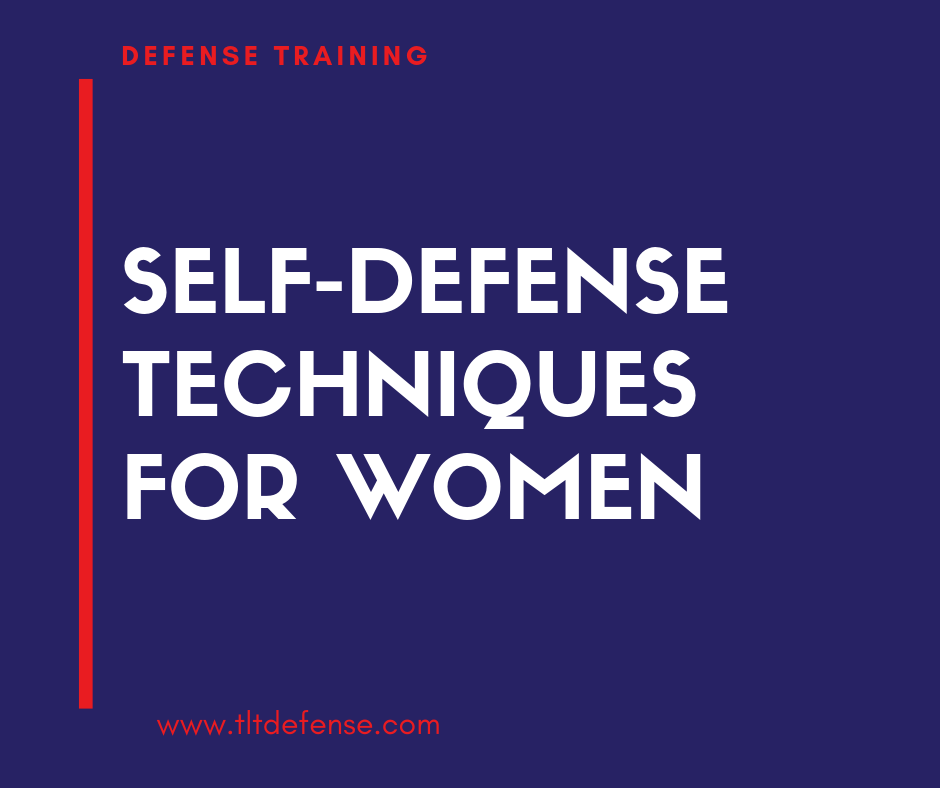
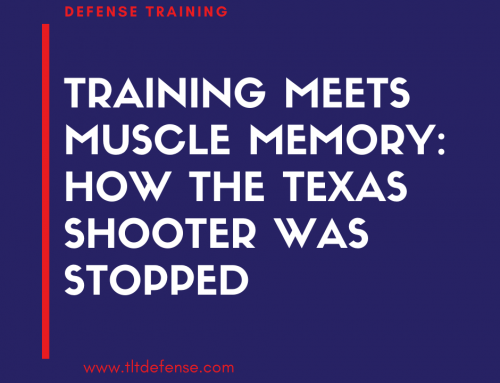

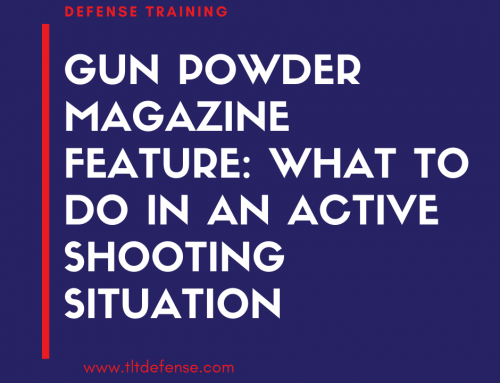

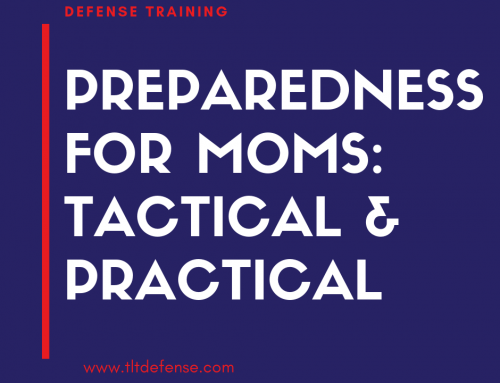
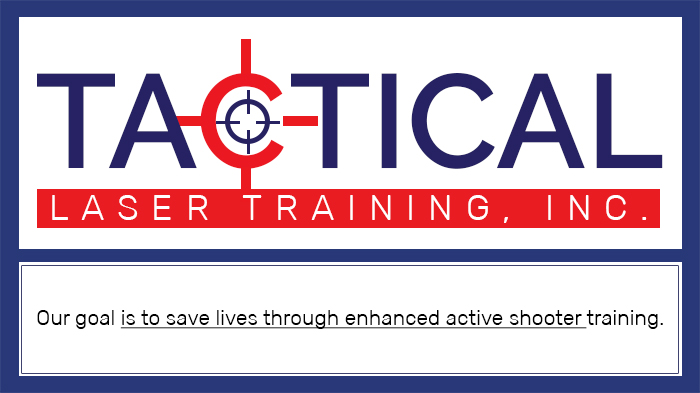
Social Contact